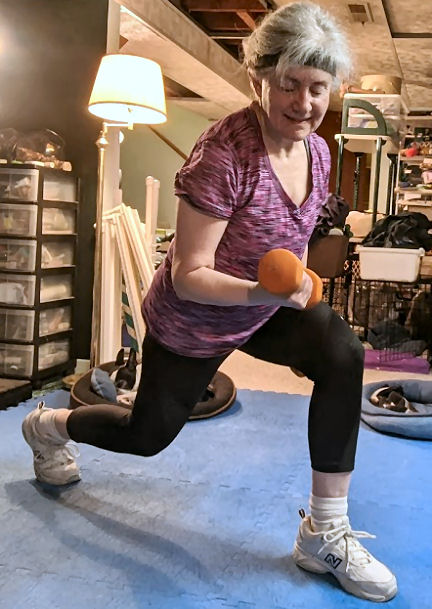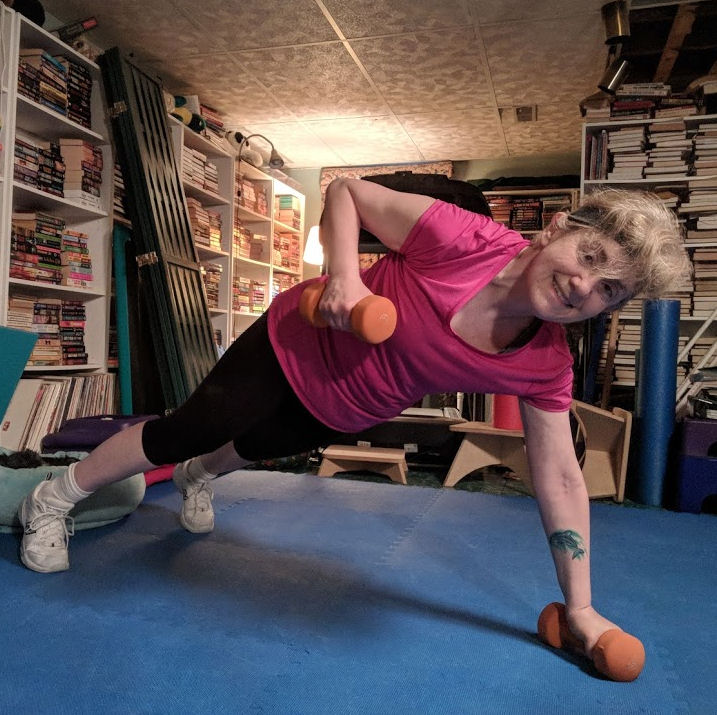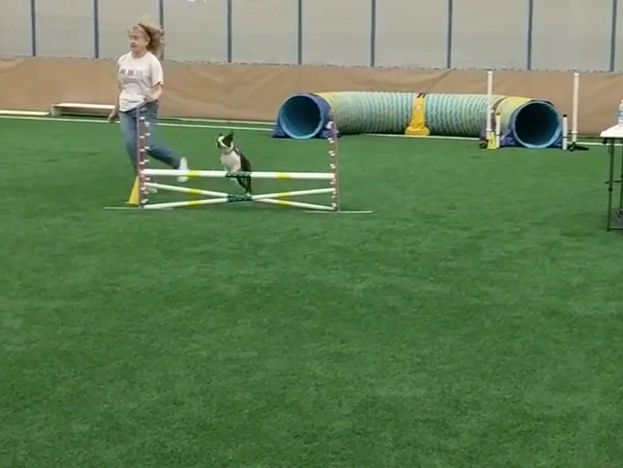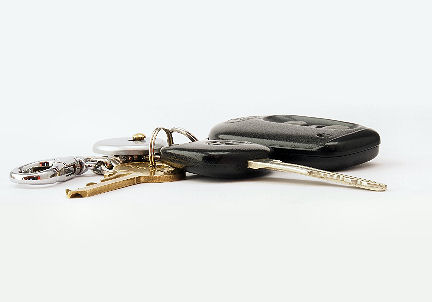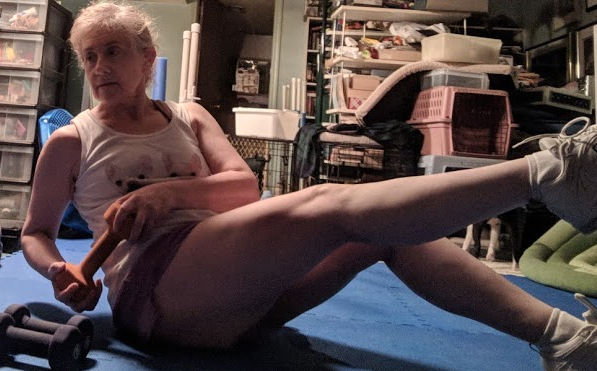Cue the finger wag! I’ve suggested some ways to help motivate yourself to exercise, including a reward for a good sweat-soaked session. But when you really, really don’t feel like putting down the remote and getting off the nice comfy couch, and changing into your workout gear, something more drastic may be what’s needed. Sometimes you have to make it painful to not exercise.
Reward yourself to exercise
Promise yourself a real, tangible reward for getting in that exercise session today. (I’m a big fan of rewards!) Like a yummy strawberry smoothie with maybe a couple of shavings of dark chocolate, or a quiet place to read a chapter in the book you’re into, or an episode of that series you’re streaming on Netflix. Every day that you exercise, that reward will kick in. It’s OK to do nice things for yourself. Be mindful of that smoothie, though. Be sure that it fits into your eating program for the day. Remember that a smoothie is not a milkshake, although sometimes it can taste like one!
Over time, with enough rewards, you’ll actually look forward to exercising. Exercising becomes a habit, and one that you would miss if you don’t do it. And exercising is such a great habit for our healthy aging. Your brain actually equates the act of exercising with the ensuing reward – and over time you don’t even need the reward. Things become easy when they’re habits.
When the reward isn’t motivation enough
But some days, not even those tempting treats will prompt you to get up. On days like that, you need the other part of the equation.
If I don’t do X, then I have to Y
Here’s where it becomes painful to not exercise. Not physical pain, of course. How about pain in the pocketbook. Make a contract with yourself. For every day you don’t exercise and there’s no good excuse, you have to pay your favorite charity $20. These days, that’s real pain. Or, if you’ve told your friends and family that you’ve started an exercise program, then you have to tell them that you didn’t exercise. That embarrassment is also real pain.
Make it hurt in your wallet or hurt your pride. Even if you don’t actually tell your friends that you haven’t exercised, you’ll feel the guilt. That hurts too.
Make it painful not to exercise. So go do it.

